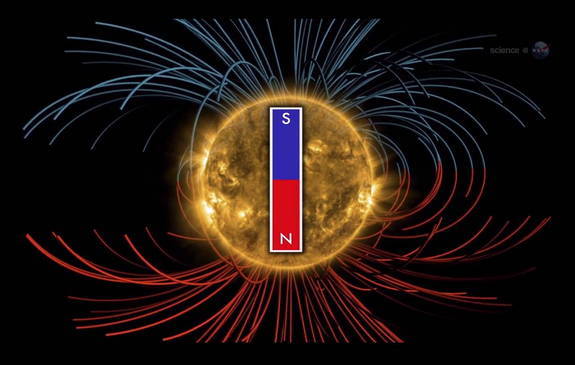What creates the Barnard 86 black patch in a star-filled sky?
Adam Rifkin stashed this in The Universe

Source: io9.com
Alasdair Wilkins writes:
What makes the appearance of Barnard 86 particularly striking is that it appears next to the star cluster NGC 6520, which means the brightest and darkest parts of this region of space appear to be neighbors. Both are located roughly 6,000 light-years from Earth, and the star cluster is thought to be approximately 150 million years old. Considering the billion-year lifespans of most stars, that isn't especially old, and indeed the star cluster is thought to be full of young, gigantic stars that will fast burn out.
But what about Barnard 86? To understand why the cloud looks so different from everything around it, let's turn to the experts at the European Southern Observatory:
This object, a small, isolated dark nebula known as a Bok globule, was described as "a drop of ink on the luminous sky" by its discoverer Edward Emerson Barnard, an American astronomer who discovered and photographed numerous comets, dark nebulae, one of Jupiter's moons, and made many other contributions. Through a small telescope Barnard 86 looks like a dearth of stars, or a window onto a patch of distant, clearer sky. However, this object is actually in the foreground of the star field - a cold, dark, dense cloud made up of small dust grains that block starlight and make the region appear opaque. It is thought to have formed from the remnants of a molecular cloud that collapsed to form the nearby star cluster NGC 6520, seen just to the left of Barnard 86 in this image.
For more, check out the full report at the ESO website.










4:16 PM Feb 17 2013